Introduction to Dispositions
Estimated reading time: 9 minutes | Target users: New users, Supervisors
Dispositions —short codes that describe the outcome of calls— and corresponding functions are one of the most essential features in the VCC Live software. Quick to set up and easy to use, dispositions can provide useful data for business analytics.
In this lesson, you will learn:
- What is a disposition
- What are the benefits of using dispositions
- What types of dispositions are there in VCC Live
- How do you create, customize, and delete dispositions
- What are some of the automatic disposition allocation options
- How agents can allocate dispositions manually
1. What’s a Disposition?
Dispositions are essentially status labels that can be used by the agents or the dialer to indicate the outcome of a call, for example:
- whether the client was reached or not,
- the call was finished successfully business-wise (e.g., the item was sold or the support case was resolved),
- the client needs to be called back later (e.g., the client couldn’t pick up the phone or request a callback),
- describe the subject of the call.
When referring to Call Center dispositions in general, we not only convey dispositions as simple, descriptive labels, but also the related processes and functions, including:
- Admin and supervisor users can create new or customize existing dispositions. Customizable options include name, type (callback, shared callback, discard, dropped, quota, answering machine, finished), outcome (reached, unreached, successful), status (active, inactive), description, deadline, and more.
- Allocating a disposition is the process of assigning a disposition to a record to indicate the main reason for the call and its outcome. Dispositions may also indicate the next action to be taken (e.g., scheduling a callback). When a call ends, agents can simply select the appropriate disposition for the call, complete the after-call work, and then move on to the next call. Both the agents and the dialer can assign dispositions to records.
- Many options are relying on or related to the use of dispositions, such as automatically deleting call recordings with a specific disposition assigned to them, sending email or text messages when a disposition allocation, or triggering specific actions in an external system through advanced API and SDK functions (e.g., Webhooks or Script SDK).
- Dispositions can help Call Center Managers and Supervisors obtain valuable information for business analytics using the logs, monitoring, and statistics tools, understand the performance of agents more easily, or oversee the Contact Center’s overall performance more effectively.
Did you know? There are many synonyms of the term “Disposition” associated with Call Center applications. Some of the most frequently used variants include Activity Code, Call Center Disposition, Call Code, Call Disposition, Disposition Code, End of Call Disposition, Reason Code, Outcome Code, and Wrap-Up Code.
2. Disposition Parameters Overview
Whether you create custom dispositions or use the system default dispositions, you can define various parameters and properties for a disposition.
Disposition Name
The first two —and most basic— parameters you can define are the dispositions’ Name and Export name.
The Name is essentially the description of the disposition. We recommend using short and straightforward phrasing that best describes the result of the call, so the agents can more easily choose the most relevant disposition when a call ends. The Name field supports virtually any characters, including alphanumerics (a-z, 0-9).
Tip: Some examples of good disposition names: Busy, DO NOT CALL, Answering Machine, No Answer, Not Interested, Call Successful, Appointment Scheduled
The Export name is how the disposition will be written in the exported database. As exports are often used by and fed into various external software, export names are limited to contain only basic characters like alphanumerics (a-z, 0-9) and underscore (_).
Disposition Outcome
You can use the Outcome drop-down list to choose from 3 predefined disposition outcomes for a disposition. The outcomes’ concept and naming are based on evaluating the success of a call from a business perspective.
Note: Please note that you cannot change the outcome of predefined (system default) dispositions.
| Disposition Outcome | Description |
|---|---|
| Unreached | The called party either rejected or did not answer the call. |
| Reached | The called party was reached successfully. |
| Successful | The called party was reached successfully and the call was successful business-wise. |
Disposition Type
Disposition types essentially describe the reason for call termination as well as the resulting next step. Similarly to the disposition outcome, you can use the Type drop-down list to choose from 3 predefined disposition types.
| Disposition Type | Description |
|---|---|
| Callback | The record was not reached, or was reached but needs to be dialed again. For example, the called party requested an appointment or contact at another time. A callback can only be handled by the agent who handled the original phone call. |
| Shared callback | The record was not reached, or was reached but needs to be dialed again. A shared callback can be handled by any agent in the project. |
| Finished | The dialer will not attempt to call the record again. |
Disposition Types Used by the System
There are specific disposition types that can only be used by the system, for example, when the Dialer terminates a call without the call being connected to an agent.
| System Disposition Type | Description |
|---|---|
| Busy | The called party declined the call or the line was busy (because the called party was on the phone). |
| Channel limit exceeded | A channel limit refers to the maximum number of calls that the dialer is allowed to initiate simultaneously. When exceeded, the dialer stops initiating calls, and the last record the dialer cannot dial is allocated this disposition. |
| Unavailable | The called party did not answer the call. In Power and Predictive dialing modes, you can set for how long the system should be ringing the called party before the telco provider terminates the call. |
| Dropped | The called party answered the call, but the system could not distribute the call to an agent within 5 seconds. The dialer will attempt to recall the record within 24 hours (default value). For example, in the Power or Predictive project, the agent logs out shortly after logging in, and there are fewer available agents than the number of calls initiated by the dialer. |
| Temporarily not available | The call could not be established. For example, the phone was turned off. |
| Discard (wrong number) | The call could not be established multiple times, and the limit was reached without any talk time, or the phone number format was incorrect. The discarded limit can be modified. |
| Discard | The called party either rejected or did not answer the call multiple times. The discarded limit can be modified. |
| Quota | In a quota project, when the quota goal is met, the rest of the records are allocated the Quota disposition and will not be dialed. If the quota limit is increased, the remaining records are placed back on the call list. |
| Answering machine | Used for records in your inbound project where calls were answered by an answering machine. |
| Machine | If the AMD (Answering Machine Detection) detects that the call was answered by an answering machine or fax machine, the record is allocated with a Machine disposition. To activate the AMD feature in your account, it must be manually enabled by VCC Live®. Enabling AMD requires an initial test phase. The test phase includes adjusting the AMD settings to be able to recognize answering machines for phone calls coming from a specific country or a telecommunications service provider’s phone number. For more details, please get in touch with your contact person at VCC Live. |
| Robinson list | The agent can allocate records that do not wish to receive calls from a contact center to the Robinson list. When an agent terminates a call with a Robinson disposition, the number is added to the Robinson list. You may also add numbers manually to the Robinson list. See the Managing Robinson list. |
| Discard (Robinson) | When an agent attempts to call a record that is on the Robinson list, the system, depending on your settings, terminates the call with a Discard (Robinson) disposition. |
Disposition Status
The Disposition Status defines whether the disposition is enabled, disabled, or deleted.
| Disposition Status | Description |
|---|---|
| Active | The disposition is available to use by the agents. Active dispositions will be copied to project copies. |
| Inactive | This disposition cannot be used by the agents, nor is it visible to them. Inactive dispositions will be copied to project copies. |
| Deleted | This disposition cannot be used by the agents, nor is it visible to them. Deleted dispositions won’t be copied to project copies. The reason for flagging dispositions as “Deleted” rather than simply removing is to preserve statistics data, even after a disposition is deleted. |
Agent Commission and Call Center Commission
These values can be used to set the commission multiplier after for example, after each successful sale.
Description
The Description field allows supervisors to add important notes to the disposition — useful to other supervisor users. We recommend adding remarks such as “Please don’t modify this disposition” or details about why the disposition is disabled. The Description is not visible to the agents.
Default Deadline
You can use the Default Deadline fields to define the callback time for calls allocated with one of the dispositions that are considered “not finished”. These fields are available only for the following disposition types: “Callback”, “Shared Callback”, “Busy”, “Unavailable”, “Temporarily Not Available”, “Dropped”, “Answering Machine”.
The Default Callback time may be overwritten with a Callback time entered by an agent.
Delete call recordings after (days)
Using this setting, you can have the system automatically delete call recordings of records that were allocated a specific disposition. You can also set how many days should the corresponding call recordings be deleted.
Note: This function is only available to clients with a VCC Live Premium subscription. The user must be granted access to the Delete call recordings based on disposition user right. To read about managing user rights and permissions, see User Right Groups.
Quota
The VCC Live application has a set of functions related to a feature called Quota Tool. The quota tool allows you to create surveys with a set of questions addressed to a specific number of participants and target groups. Depending on your needs, you can perform statistical studies or surveys based on participants’ age group, gender, location, and more.
In order to complete the quota process, you need to create a quota disposition, for example, “Successful Survey” which lets the system know that the call was part of a Quota process.
By enabling th Quota checkbox, you are flagging the disposition as a disposition used for making quotas.
You will learn about using the Quota tool in the Quota Tool tutorial.
Used by Webhook
Webhook-enabled dispositions can trigger data forwarding to URLs you have previously set up in the project’s Webhook setting.
You can learn about Webhooks in the About Webhooks developer guide.
Commission collection
If enabled, calculated commission costs will be included in the call statistics.
Hide in Agents’ History
Dispositions with this checkbox enabled —or its related records— will not show up in the Agents’ Client History pane.
Autosave
When an agent selects a disposition that is Autosave enabled, the system will automatically end the call, allocate the chosen disposition and save the record – so the agent can move on quickly to the next call.
This is useful for calls where no afterwork is required, for example, because the call was answered by a fax machine and AMD was not enabled.
Description type
You can enable, disable or obligate agents to add description to a disposition when allocating it.
3. Default Dispositions in VCC Live
There are predefined system dispositions in each project which are mostly used by the Dialer.
| Disposition | API name | Type | Description |
|---|---|---|---|
| Callback | recall | Callback | Used when a record is to be called back at a scheduled time. The callback date and time is set by the agent. The dialer routes the call to the agent who handled the original call, unless the agent was removed from the project or callback redistribution is enabled. See Callback Redistribution. |
| Shared callback | shared_recall | Shared callback | Used for the same purpose as a Callback disposition, but the dialer may route the call to any agent in the project. |
| Busy | busy | Shared callback | The called party declined the call. |
| Channel limit exceeded | limit_exceeded | Shared callback | A channel limit refers to the maximum number of calls that the dialer is allowed to initiate simultaneously. When exceeded, the dialer stops initiating calls, and the last record the dialer cannot dial is allocated this disposition. |
| Unavailable | unavailable | Shared callback | The called party did not answer the call. |
| Discard | discard | Finished | The called party either rejected or did not answer the call multiple times. The discarded limit can be modified. |
| Temporary not available | temporary_not_available | Shared callback | The call could not be established. For example, the phone was turned off. |
| Discard (wrong number) | discard_failed | Finished | The call could not be established multiple times and the limit was reached, or the phone number format was incorrect. The discarded limit can be modified. |
| Dropped | dropped | Shared callback | The called party answered the call, but the system could not distribute the call to an agent within 5 seconds. The dialer will attempt to recall the record within 24 hours (default value). For example: in Power or Predictive project, the agent logs out shortly after logging in, and there are fewer available agents than the number of calls initiated by the dialer. |
| Quota | quota | Finished | In a quota project, when the quota goal is met, the rest of the records are allocated the Quota disposition and will not be dialed. If the quota limit is increased, the remaining records are placed back on the call list. |
| Answering machine | answering_machine | Shared callback | Used for records in your inbound project where calls were answered by an answering machine. |
| Machine | machine | Finished | If the AMD (Answering Machine Detection) detects that the call was answered by an answering machine or fax machine, the record is allocated with a Machine disposition. To activate the AMD feature in your account it must be manually enabled by VCC Live®. Enabling AMD requires an initial test phase. The test phase includes adjusting the AMD settings to be able to recognize answering machines for phone calls coming from a specific country or telecommunications service provider’s phone number. For more details, please get in touch with your contact person at VCC Live®. |
| Robinson list | robinson | Finished | The agent can allocate records that do not wish to receive calls from a contact center to the Robinson list. When an agent terminates a call with a Robinson disposition, the number is added to the Robinson list. You may also add numbers manually to the Robinson list. See Managing Robinson list. |
| Discard (Robinson) | discard_robinson | Finished | When an agent attempts to call a record that is on the Robinson list, the system, depending on your settings, terminates the call with a Discard (Robinson) disposition. |
4. Allocating Dispositions
Manual allocation: The agent can allocate dispositions that are set to Active. You can define on the Script editor interface which dispositions should be visible to the agents on a specific script page.
- Allocation happens when pressing the Save button, in one of the following states: prework, in call, aftercall work.
- Disposition may be allocated by the supervisor on the Records list interface in bulk, or by opening the record, on the Events interface.
Note: A user on the admin interface is able to modify a previous disposition with the appropriate right. The modification can be done when the record is opened from the Records list and an event is selected. Relevant statistics will be recalculated, and the webhook will be sent again in case of modification.
Automatic allocation: When the aftercall work limit is reached (project limits tab). Disposition may be auto-allocated based on the inbound processes you set:
- Disposition process: used to allocate dispositions. It will not hang up inbound calls.
- Queue process: if a call is hung up by the agent before being answered or the queue is times out, a shared callback may be set by the system. Callback time will be now (the time of allocation). An exception may be if for the shared callback the default deadline is set.
- Answering machine process: set when the client hangs up the call after listening in to the message.
- The background system may allocate the following dispositions should the call end before reaching the dialer: lost, robinson
- For OIVR, an answered call may be auto-allocated a specific, non-system default disposition.
- Dispositions may be set for email status, such as sent, delivered, open, link visited, unsubscribed, spam, delivery failed, or bounced.
- A disposition may be set when a payment fails or succeeds, for example, to call back a client. System-default dispositions cannot be selected.
- API-based: See Add record, Add disposition, Batch dispositions modification
- Disposition deletion: on the Admin Workspace, you may delete dispositions on the Records lists interface. The latest disposition allocated cannot be deleted.
- Rotation: On the Admin Workspace’s Records List interface, you can have the system handle a records as New.
- Revoking quota disposition allocation: If the quota is fully completed, but you increase the quota limit, the quota disposition will be revoked by the system.
5. Disposition-Related Processes
If an agent cannot carry out a callback, because, for example, the agent is on sick leave, then you may have the system to redistribute callbacks. See Callback Redistribution.
You may also choose to make a webhook request based on disposition allocation.
Congratulations!
You’ve just learned how to use dispositions in VCC Live.
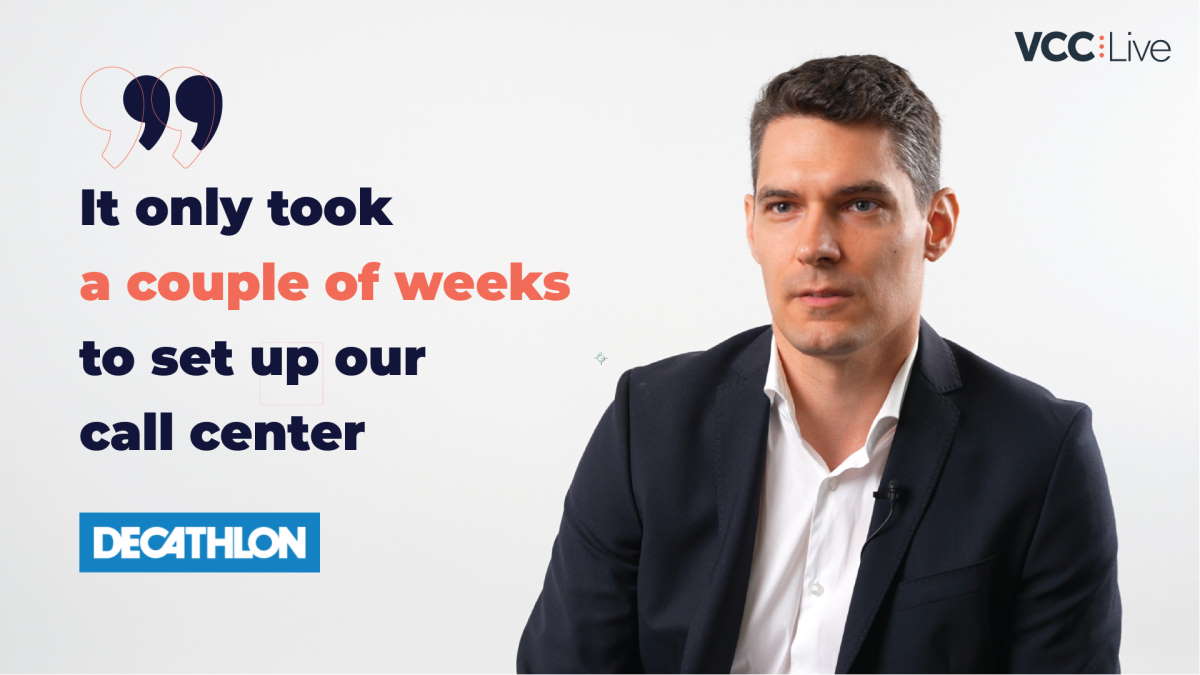
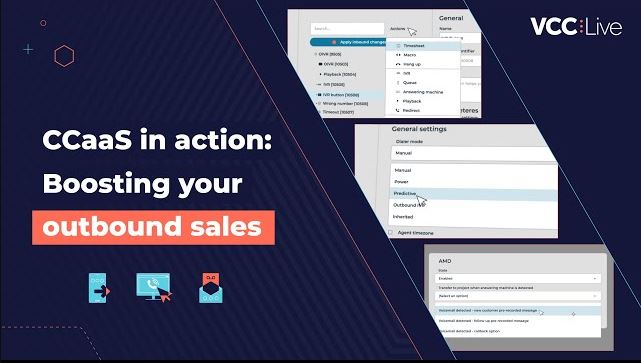
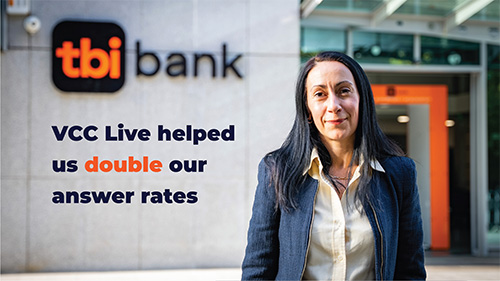
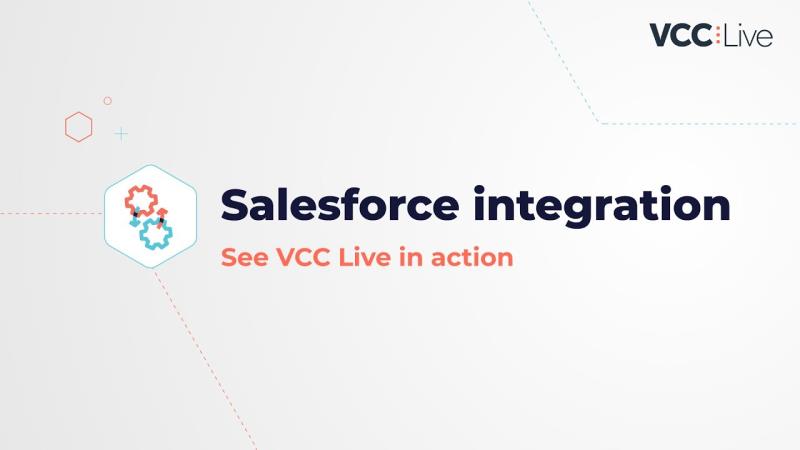
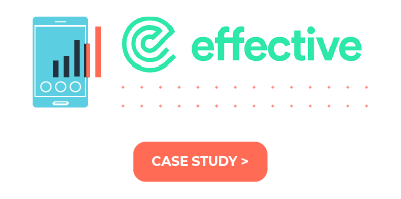
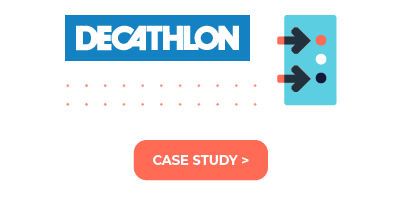
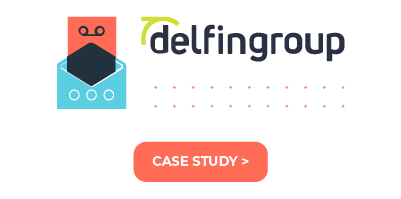
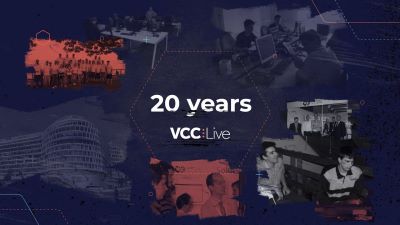
Comments
Can’t find what you need? Use the comment section below to connect with others, get answers from our experts, or share your ideas with us.
There are no comments yet.